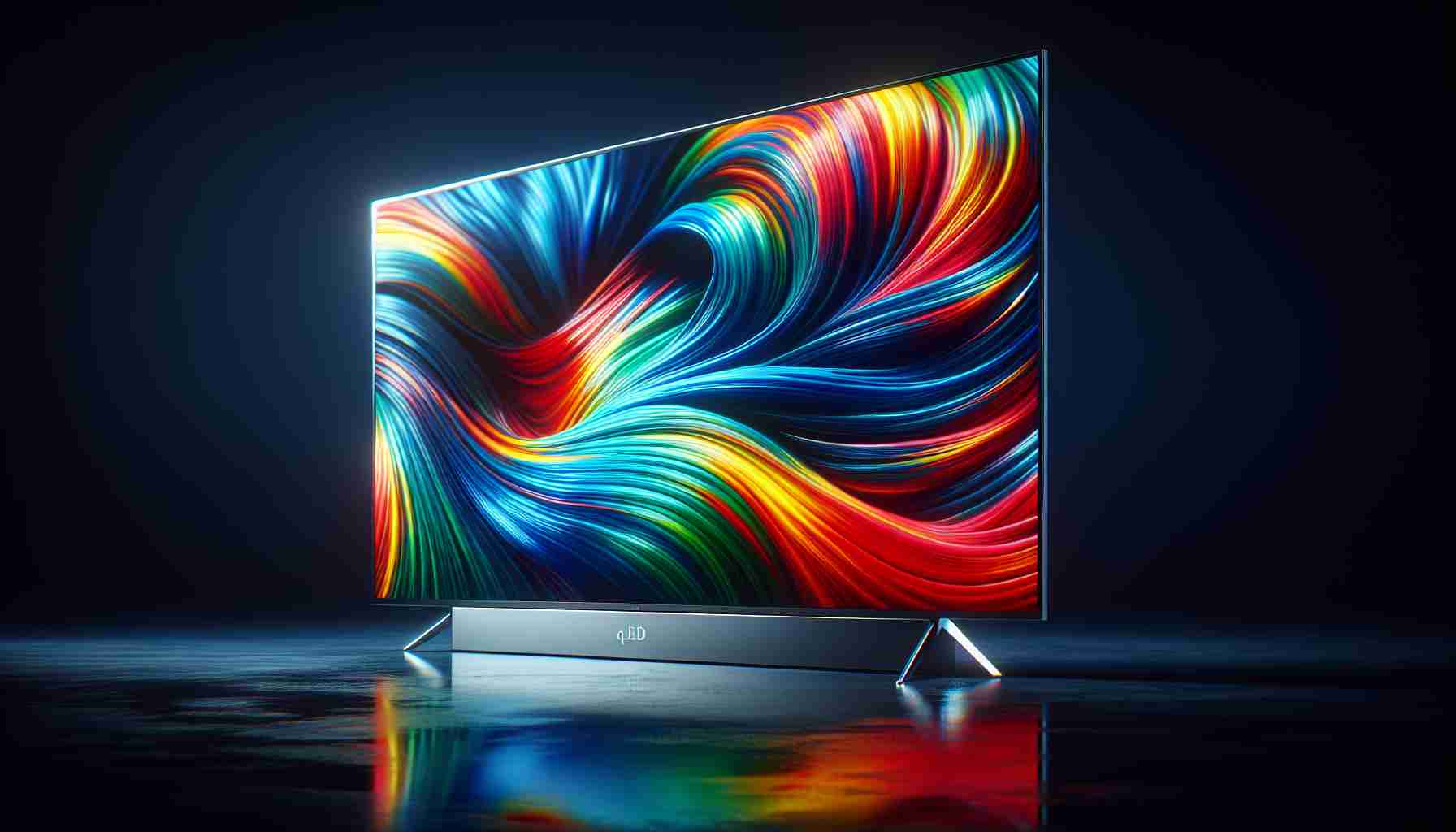The illustrious Samsung QN90C QLED TV maintains its position at the pinnacle of QLED technology, with unrivaled brilliance and crisp, clear imagery from any angle. Its competence in handling ambient light is second to none, ensuring a premium viewing experience. Shoppers have a variety of options, with the TV offered in sizes ranging from the compact 43 inches to the expansive 85 inches.
Particularly enticing is the 55-inch model. Currently, this exceptional television has been marked down to $1,197 on Amazon, positioning it as an incredible bargain. This price point mirrors the phenomenal deals typically reserved for major sales events like Black Friday and Cyber Monday. For those desiring more alternatives, ample selections are available in our comprehensive coverage of TV deals.
In terms of performance, the Samsung QN90C’s brightness is unparalleled, achieving a peak intensity of nearly 2000 nits. Its commitment to color fidelity is also evident, boasting near-perfect color gamut coverage. This exceptional color performance partners seamlessly with the Neural Quantum Processor 4K, which significantly enhances the appearance of upscaled content.
Adding a sonic dimension to its visual brilliance, the QN90C includes an innovative object tracking sound system, delivering a lifelike audio experience that matches on-screen action. When combined with a superior soundbar, the auditory experience evolves further, complementing the TV’s embedded speakers.
Gamers have not been overlooked. With a rapid response time and a high refresh rate, the Samsung QN90C excels in gaming. Multiple HDMI 2.1 ports ensure seamless connectivity, and the integrated Game Hub offers a variety of gaming options without the need for a console. This feature-rich television clearly sets the benchmark for what modern TVs should offer.
What is QLED technology and how does it differ from OLED?
QLED, or Quantum Dot LED, is a technology used in TV displays where quantum dots are utilized to enhance performance in key picture quality areas. Quantum dots are tiny particles that, when hit by light, emit their own, differently colored light. The primary difference between QLED and OLED (Organic Light Emitting Diodes) technology is that QLED uses a backlight to illuminate the dots and create the image, whereas OLED pixels emit their own light. This leads to QLED having better brightness levels, while OLED typically offers better black levels and contrast because each pixel can be turned on and off independently.
How does Samsung’s Neural Quantum Processor 4K improve viewing experience?
Samsung’s Neural Quantum Processor 4K is an advanced chipset designed to improve the quality of the picture. It uses AI and machine learning to analyze and upscale lower-resolution content, making it appear sharper and closer to 4K quality. This is particularly beneficial for viewers who still watch a lot of content in standard or high definition, as it enhances clarity and detail.
Advantages of Samsung QN90C QLED TV:
– High Brightness: Capable of reaching peak brightness levels of nearly 2000 nits, the QN90C is particularly suited for well-lit rooms, where glare can be an issue with dimmer displays.
– Color Performance: With near-perfect color gamut coverage, it offers a wide range of colors and intense color accuracy, which is great for experiencing movies and shows as intended by the creators.
– Size Variety: With a size range from 43 to 85 inches, there’s a QN90C suitable for different room sizes and viewing preferences.
– Gaming Features: The inclusion of HDMI 2.1 ports and a high refresh rate makes it an excellent choice for gamers looking for minimal input lag and smooth gameplay.
– Object Tracking Sound: This enhances the immersiveness of the viewing experience by synchronizing the audio with the action on the screen.
Disadvantages of Samsung QN90C QLED TV:
– Price: Premium features come with a premium price tag, which could be a barrier for some consumers.
– Viewing Angles: Despite improvements, QLED TVs typically do not have as wide viewing angles as OLED models, which can be a disadvantage in large rooms where viewers sit off to the side.
– Risk of Burn-in: QLED TVs have a lower risk of burn-in compared to OLED, but they are still susceptible to image retention, although it’s less common and usually temporary.
Key Challenges and Controversies:
– Comparisons with OLED: The debate between OLED and QLED technology can be a challenge for buyers. While QLED offers higher brightness, some argue OLED still has superior overall picture quality due to its capacity for perfect blacks and infinite contrast ratio.
– Market Competition: Samsung competes with other manufacturers offering similar high-end features, which can lead to aggressive pricing strategies and the need to constantly innovate to stay ahead.
If you’re interested in exploring more about Samsung’s range of products and looking for further details about the technology they incorporate, you can visit their official website through this link: Samsung Official Website. Please ensure that any links are valid and that they direct to the main domain as requested.
The source of the article is from the blog elperiodicodearanjuez.es
